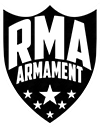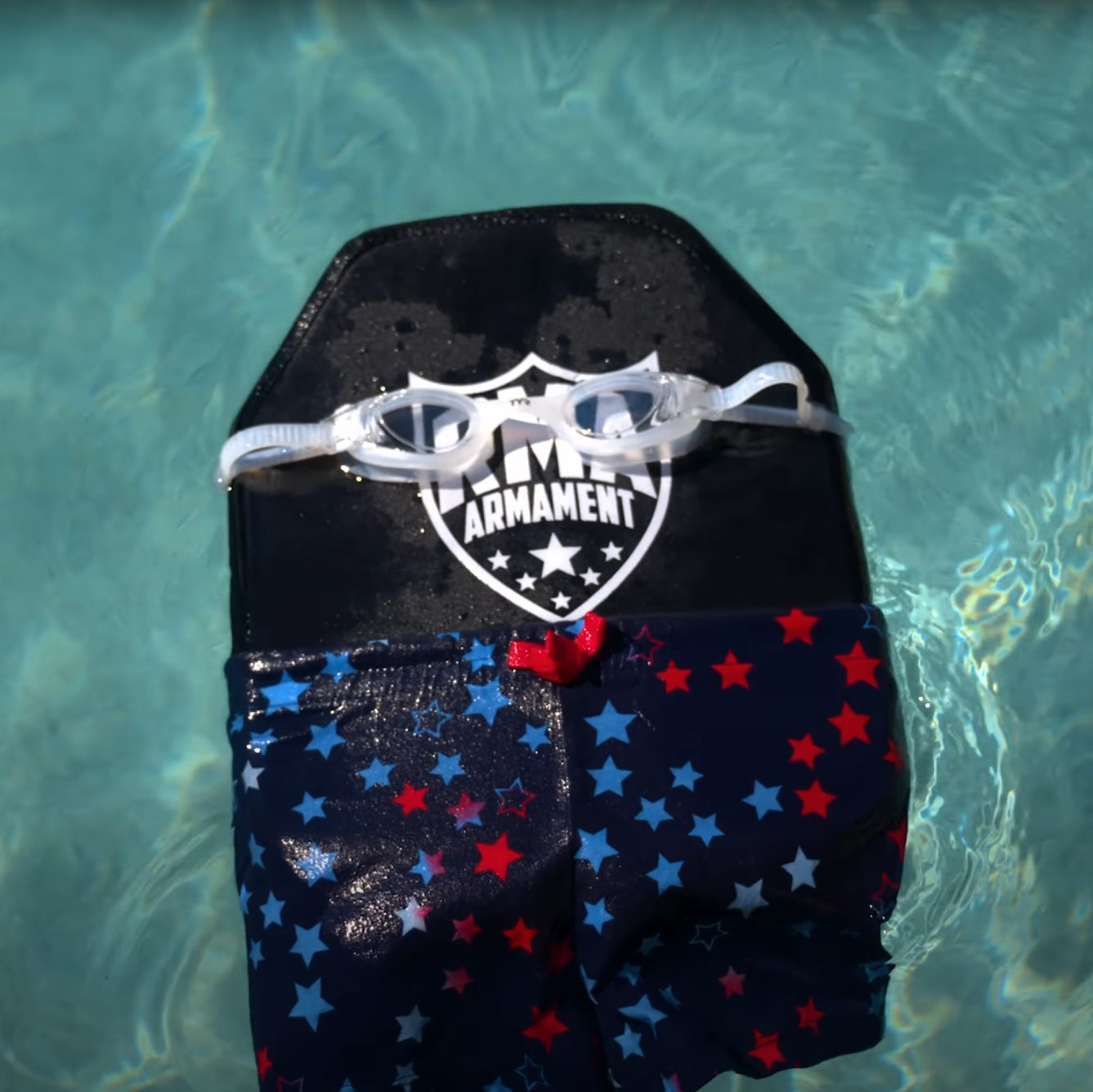What does a Level III body armor rating mean?

The National Institute of Justice
First, the National Institute of Justice is a United States federal government agency. The NIJ authors testing and rating standards for body armor products, including the Level III body armor rating. Specifically, these standards are made for–and apply to–law enforcement. The Department of Defense and several other agencies have their own ballistics standards.
The NIJ’s current suite of ballistic standards are known as NIJ 0101.06. While we wait for NIJ 0101.07, the 0101.06 certification remains the current standard. Under this standard, Level III and Level IV are the two standard by which body armor products can be rated to defeat rifle rounds. Levels IIA, II, and IIIA only apply to handgun rounds.
You’ve heard of Level IV. It’s the ‘highest’ ballistic rating the NIJ can certify a product to. With that said, it’s a meaningfully different standard than Level III. Both have their pros and cons. Level III plates are often overlooked for their inability to defeat armor-piercing ammunition. But that doesn’t mean they’re junk.
Level III Body Armor Rating
Beyond the heat, water submersion, and drop testing, a Level III body armor rating means that the plate meets or exceeds the NIJ 0101.06 Level III ballistic standard. The Level III standard is important because it consists of two critical things. A Level III plate must defeat six impacts from 7.62X51 M80 NATO steel-jacketed rounds. That’s important, because many white label retailers of cheap Chinese plates and some unscrupulous manufacturers don’t pay attention to the close detail of the correct caliber, the steel jacket component, or the quantity of six impacts. We don’t call a plate Level III unless it defeats all six impacts from 7.62X51 M80 NATO steel jacketed rounds.
A Level IV rating only requires a plate to defeat a single impact for 30-06 M2AP. Unlike our legendary 1155 plate, many Level IV plates on the market are only capable of defeating that single round impact. So, a Level III plate is certified to defeat a minimum of 6 impacts, while a Level IV plate is only certified to defeat a minimum of 1. Thus, these two plates can serve wildly different roles and both remain valid protection options.
Why a Steel Jacket?
The steel jacket is a step toward a semi-penetrator effect. While the core of the bullet is still 100% lead, the jacket of the bullet is steel. Steel jacketed M80 NATO has higher mass retention delta and thus deeper penetration than the copper-jacketed M80 NATO or 308 WIN hunting rounds you might get at Cabela’s. This construction allows the lead core of the bullet to mushroom for a large terminal wound cavity. You might think of it like a diet green tip in 308. To be perfectly clear–the Level III standard is not the ability to defeat regular gun store ammunition. Any Level III plate should laugh at most regular gun store ammunition. It is a special steel-jacketed variant of the 7.62X51 M80 NATO round.
There is zero testing of 5.56 (AR) or 7.62X39 (AK) when certifying a Level III plate. The Level III standard presumes defeat of regular .223, 5.56, and 7.62X39 FMJ ammunition because of the higher standard of the steel-jacketed M80 NATO cartridge. A company advertising a Level III plate as III+ because it defeats FMJ 5.56 or 7.62X39 is being deceptive.
NIJ uses steel jacketed 7.62X51 NATO as a worst-case scenario round for creating a standard to defeat non-armor-piercing ammunition. Very few steel-jacketed rounds are in production in the world. At the time the Level III standard was created, even mild steel penetrator rounds were reasonably rare and only common in the hands of military forces. So between the creation of one standard to defeat non-AP ammunition and another that does defeat AP ammunition, the steel jacketed M80 serves as a great method of surrogating a worst-case scenario impact from virtually any mainstream lead core/copper jacket civilian rifle cartridge.
Special Properties
Thanks to the rapid evolution of ultra high strength UHMWPE materials, Level III plates now surpass the Level III body armor rating without using any ceramic components. While this creates the downside of an inability to defeat armor-piercing ammunition, there are four critical factors to consider.
- Law enforcement officers have rarely–if ever–been shot at with armor-piercing rifle ammunition. Remember, NIJ ratings are for US law enforcement–not military forces.
- Therefore, Level IV plates are statistically more weight than necessary to carry on your body.
- Thus, the extra unnecessary weight is lowering your cardiovascular and muscular endurance ceiling over any length of time and any level of fitness.
- Semi-automatic and fully-automatic weapons can allow an assailant to put multiple shots on-target in rapid succession.
So if you’re not worried about armor-piercing rifle ammunition, what else should you be thinking about?
Many people choose to utilize Level III+/RF2 or Level IV plates just in case. But there is one strong downside to using a ceramic strike face component. Ceramic is an extremely dense material, which is part of what makes it so strong. As a result, it sinks in water. 100% Polyethylene, or UHMWPE plates without ceramics can actually float in water. Imagine that. Protection from some of the most common ammunition on earth while floating in water.
The Downside
The Global War on Terror dumped millions–perhaps billions–of ‘green tip’ penetrator rounds into the hands of civilians. Over time, even other military-only penetrator rounds like M855A1 and M80A1 found their way into the US civilian market. Thus, law enforcement is in a race against technology to keep up with ever more capable penetrator rifle rounds available to anyone. Without a ceramic strike face, Level III plates lack the ability to defeat these penetrator rounds. M855 ‘green tip’ ammunition is available at virtually any normal ammunition retailer across the United States. Logically, it makes sense to be concerned about this round. With M855A1 entering popular use, RMA engineered a new III+/RF2 plate to not only surpass the upcoming NIJ 0101.07 draft standard, but to go above and beyond NIJ testing and defeat multiple impacts from the nasty M855A1 cartridge.
Ideal Use Case Scenario
You may view Level IV plates as a ‘catch-all’ protection standard. But it does have some down sides. The weight and density of ceramic means it sinks in water. The ability of modern UHMWPE Level III plates to float in water leverages a whole new capability to maritime forces. Naval, Coast Guard, and maritime law enforcement often choose RMA’s Level III plates because they provide a high level of protection while being extremely lightweight while offering no danger should an operator fall into a body of water.
Conclusion
Are Level III plates right for you? They could be. If you’re operating in an environment where penetrator or armor-piercing ammunition is a low likelihood or a maritime situation, Level III may be the best choice for you. Additionally, their high level of protection against many domestic civilian cartridges, multi-hit capability, and ultra light weight construction may also benefit you in rough terrain such as mountains. The lighter weight also allows you to maintain a higher level of cardiovascular endurance and performance over a long period of time. That means you maintain the ability to run, jump, and move for a longer period of time before exhaustion when using Level III plates.
Think critically when choosing your body armor. Never settle for less. Your life depends on it. Want to take a closer look? Check out our NIJ Certified Level III options.








